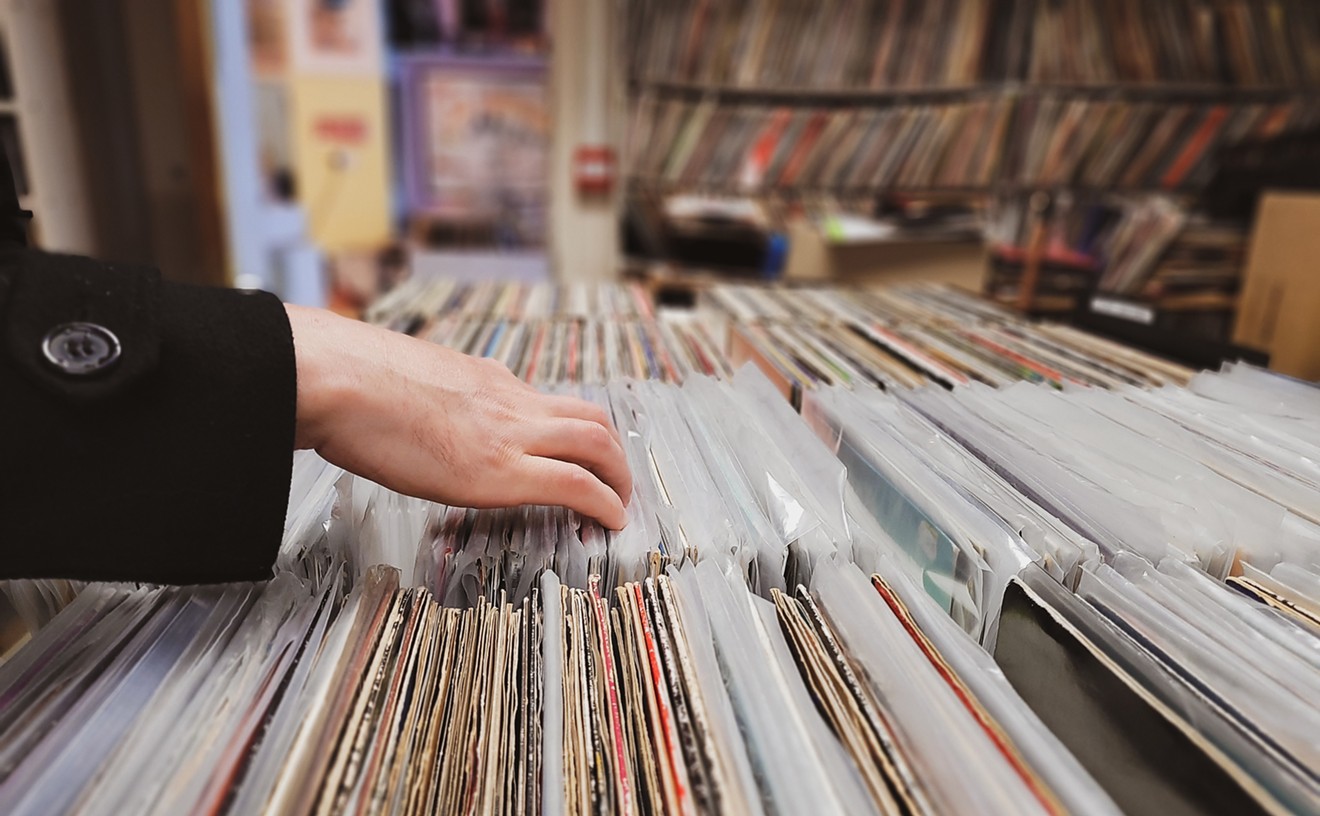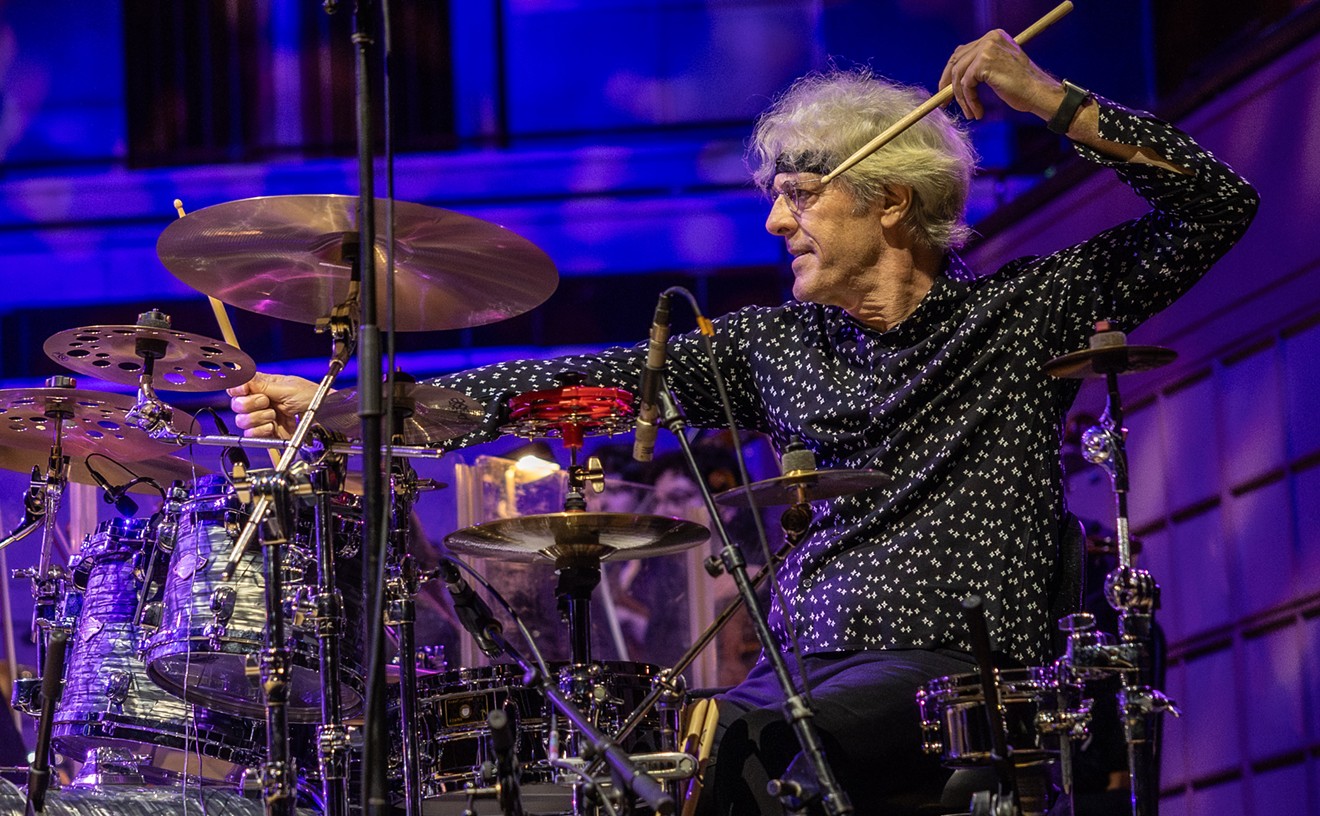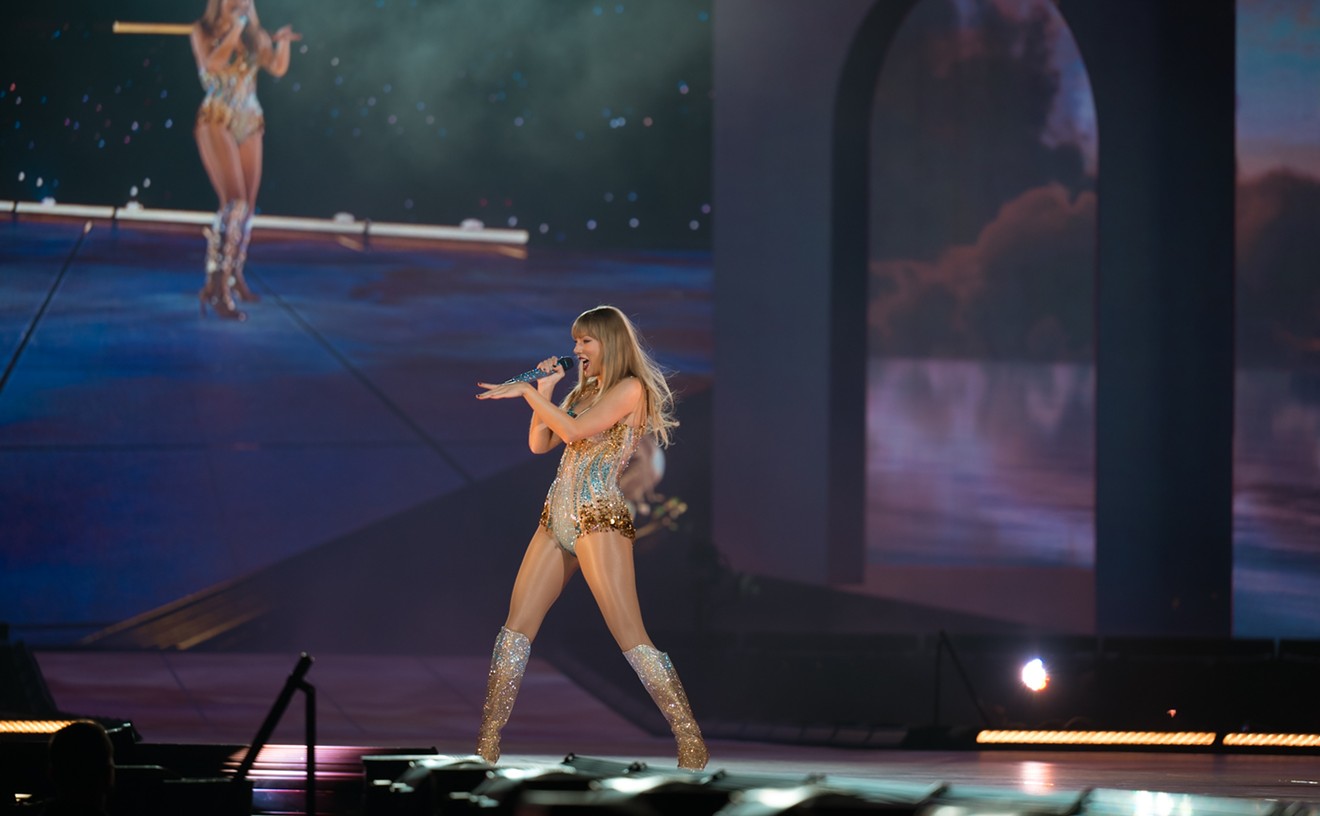Because there are multiple decades of jazz, it's almost impossible to pick the top 10 albums of all time; the hip cats with their canes and cool shades will throw their used saxophone reeds in my direction and call me a young whippersnapper. The debate is so polemic that I might as well write about the top 10 abortion clinics. But so many people out there, young or even a bit older, are curious about jazz, and they're not exactly sure where to start. So, this list will highlight albums you must listen to before you die.
10. Ornette Coleman, The Shape of Jazz to Come This album title, when it came out in 1959, was the equivalent of Babe Ruth pointing to the fences or Muhammad Ali proclaiming he was the greatest. It was an album that said, you hear this sound, you hear what I'm laying down, everything is about to change. Fort Worth's Ornette Coleman went from playing the sax to the trumpet, and he received scorn from Miles Davis, who publicly questioned Coleman's sanity and technical ability. And because the album is often credited as being the anchor to avant-garde jazz albums, it might just sound a bit strange to the newbie's ear. But Coleman was trying to move away from tradition, shattering conventional ideas of harmony and axing the piano, to create a new dimension of sound.
9. Sonny Rollins, The Bridge When you put on this album, take a tumbler of whiskey and imagine you're staring out at New York City. After a sabbatical from music, Sonny Rollins returned triumphantly in 1962 with The Bridge. The title track was named after The Williamsburg Bridge in New York City, which connects Manhattan to Brooklyn, and Rollins used to head down to the bridge to practice. He's a sax player who wanted to be his own man, an individual. This album is accessible to the novice.
8. Herbie Hancock, Head Hunters Herbie Hancock helped bring the synthesizer and the Fender Rhodes Electric Piano to mass appeal. And this 1973 album was influenced by Curtis Mayfield and Sly Stone. Even if you don't like jazz but you love funk and soul, then this album is for you. At one point, Head Hunters was the best-selling jazz album of all time. Be warned, though, there is experimentation happening here, but the funky drums will keep you driving forward throughout the whole album.
7. Ella Fitzgerald and Louis Armstrong, Ella and Louis Imagine it's a Friday morning, and you have the day off. It's you and your significant other. You have nowhere to go, and it's raining. Well, this is the album you need to be playing to create that perfect atmosphere -- an album with so much space, soaring trumpet solos and a duet so unique and soulful even a jazz newbie can't ignore its grip on their heartstrings. It's a 1956 album dripping with nostalgia. Plus, the band features Oscar Peterson (piano) and Buddy "Freaking" Rich (drums).
6. Miles Davis, Bitches Brew Now, I'm not saying that you have to like this album, but it's an album you have to listen to before you die. It's kind of like looking at Abstract Expressionism or listening to Morton Feldman -- it just might not jive with you. Bitches Brew was released in 1970. The first time I heard this album, I thought it was a joke. In fact, I was kind of pissed. Where was the melody? Where was the catchy rhythm? Well, it's so shocking the first time you hear the album, even today, that it forces you to question what jazz and music can be. It makes you think about structure and limitations of our current music. The prison of the human ear. Ah, enough of that. Just listen to the album. Chaos and cacophony defined.
5. The Thelonious Monk Quartet, Monk's Dream Probably one of the hippest figures in jazz, Thelonious Monk was a genius who was able to see notes that didn't even exist in Western music. When he would sit down at the piano, he would strike two half notes (notes next to each other that sound awful when played together) to simulate the imaginary notes between the two piano keys. He was so out there and amazing, and Monk's Dream (1963) is just an example, an imprint of strange and beautiful blaps and boops that were being electrified in his mind.
4. The Dave Brubeck Quartet, Time Out This 1959 album was the soundtrack for parties in New York City and the staple of any bachelor pad. Without this album juicing the sophisticated and artsy minds of New Yorkers and beatniks alike, many of us probably wouldn't have been born. At the time, it was considered an artsy piece, but today, the deviation from standard time and the hip swing might just feel traditional. Even if you've never intentionally heard this album, a song like "Take Five" has been so omnipotent in our culture -- movies, television, and (sadly) malls -- that you'll instantly recognize this classic. It's an album that screams Donald Draper and nightcaps.
3. Charles Mingus, Ah Um Charles Mingus is the godfather of the upright bass, and in 1959, he put out Ah Um, which many consider to be a masterpiece, and it cemented Mingus as a legendary composer. He combined elements of gospel and blues. The opening track, "Better Get It Into Your Soul," is not just a ruckus; it's a command -- the driving brass, the Dixie-land rapture and the voice calling out in joy -- to stop doing whatever it is you're doing and take into your heart and body this music.
2. John Coltrane, Blue Train John Coltrane is clearly one of the leaders of the jazz identity. If you think about the course of hip-hop, can you really imagine A Tribe Called Quest or even Tupac without a cultural and musical prophet like Coltrane? Of course, A Love Supreme is an incredible album, but Blue Train just has so much life and color that it's impossible to ignore. Recorded back in 1957 on Blue Note, Blue Train was Coltrane's favorite album.
1. Miles Davis, Kind of Blue I can still remember the first time I heard this album. I was 17, and was driving my Subaru Legacy Wagon in the rain. I drove the car to my grandparents' house, and put on the album. It was only about a five-minute drive, but I ended parked outside their house, the windshield wipers swatting away rain, the album blaring. I sat in the driveway until the album ended, and music was never the same for me. It's a composition, released in 1959, that is often considered the definitive jazz album. Honestly, there are some jazz purists who probably would die if they found out our generation was unfamiliar with this album. Just listen to who was featured on this album: Coltrane, Bill Evans, Cannonball Adderley, Paul Chambers, Jimmy Cobb. Kind of Blue is an album many critics try to define, but everything you need to know comes across when you hit play.










